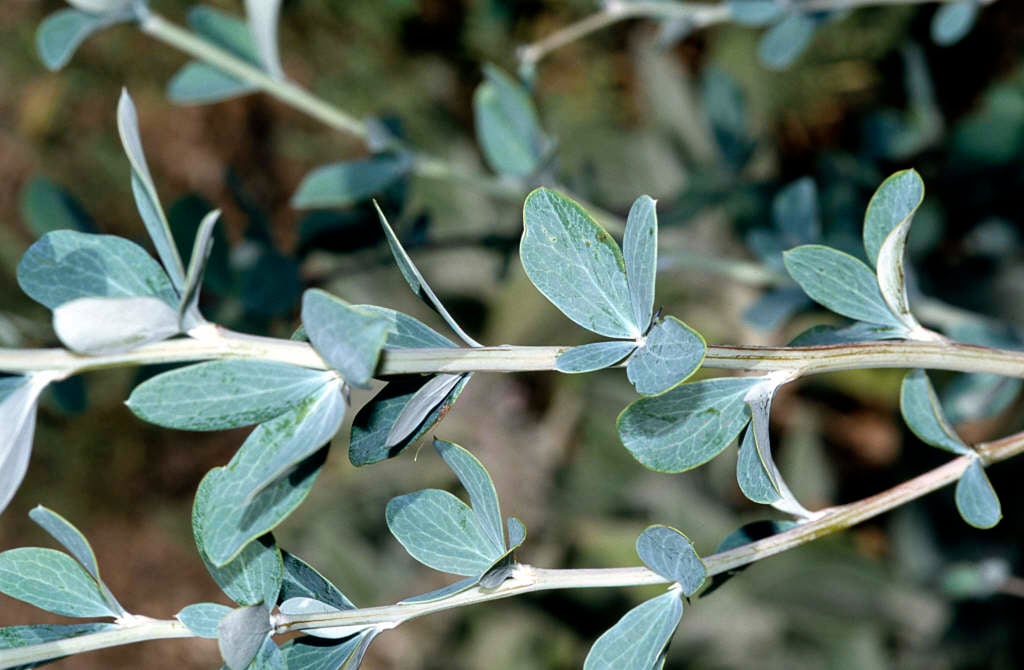Berberis temolaica
blue barberry
A deciduous shrub to about 2m tall, with arching purple stems, glaucous when young, oblong grey-green leaves to 4.5cm long, and solitary pale yellow flowers in late spring are followed by red egg-shaped berries, with a white bloom
Size
Ultimate height
1.5–2.5 metresTime to ultimate height
5–10 yearsUltimate spread
1.5–2.5 metresGrowing conditions
Moisture
Well–drainedpH
Acid, Alkaline, NeutralColour & scent
| Stem | Flower | Foliage | Fruit | |
| Spring | Yellow | Green Grey Silver | ||
|---|---|---|---|---|
| Summer | Green Grey Silver | |||
| Autumn | Green Grey Silver | Red | ||
| Winter |
Position
- Full sun
- Partial shade
Aspect
West–facing or South–facing or East–facing
Exposure
Exposed or Sheltered Hardiness
H5Botanical details
- Family
- Berberidaceae
- Native to GB / Ireland
- No
- Foliage
- Deciduous
- Habit
- Bushy
- Potentially harmful
- Fruit are ornamental - not to be eaten. Wear gloves and other protective equipment when handling. Pets: Fruit are ornamental - not to be eaten - see the HTA guide to potentially harmful plants for further information and useful contact numbers
- Genus
Berberis can be deciduous or evergreen shrubs with spiny shoots bearing simple, often spine-toothed leaves, and small yellow or orange flowers in axillary clusters or racemes, followed by small berries
- Name status
Correct
- Plant range
- SE Tibet
How to grow
Cultivation
Tolerant of a range of soils and locations, but grows best in any well drained soil in full sun or partial shade, though flowering and fruiting are best in full sun. See berberis cultivation for further advice
Propagation
Propagate by seed, or propagate by softwood or semi-ripe cuttings in summer
Suggested planting locations and garden types
- Coastal
- Cottage and informal garden
- Low Maintenance
- Flower borders and beds
- Hedging and screens
Pruning
Pests
May be susceptible to aphids and berberis sawfly
Diseases
May be susceptible to powdery mildews and sometimes by honey fungus
Love gardening
Sign up to receive regular gardening tips, inspiration, offers and more
View our Privacy Policy
Get involved
The Royal Horticultural Society is the UK’s leading gardening charity. We aim to enrich everyone’s life through plants, and make the UK a greener and more beautiful place.
